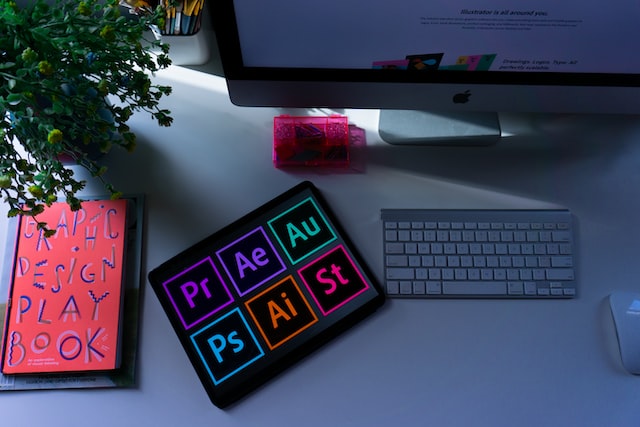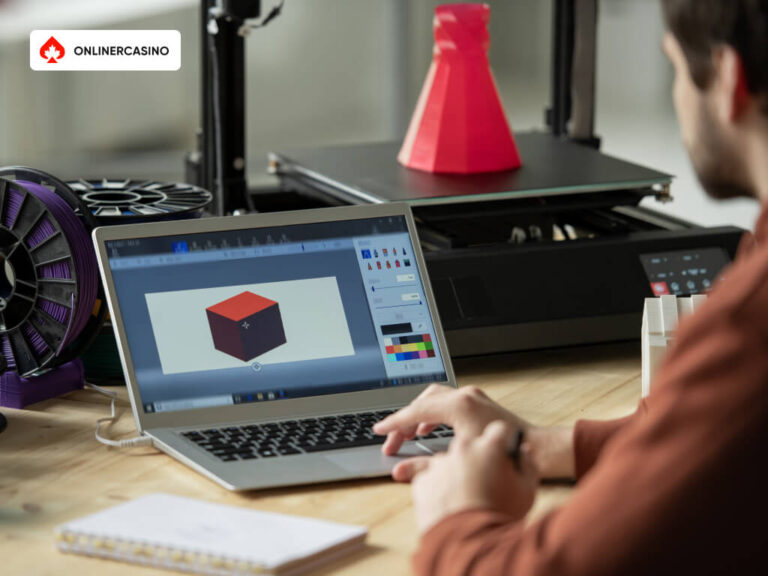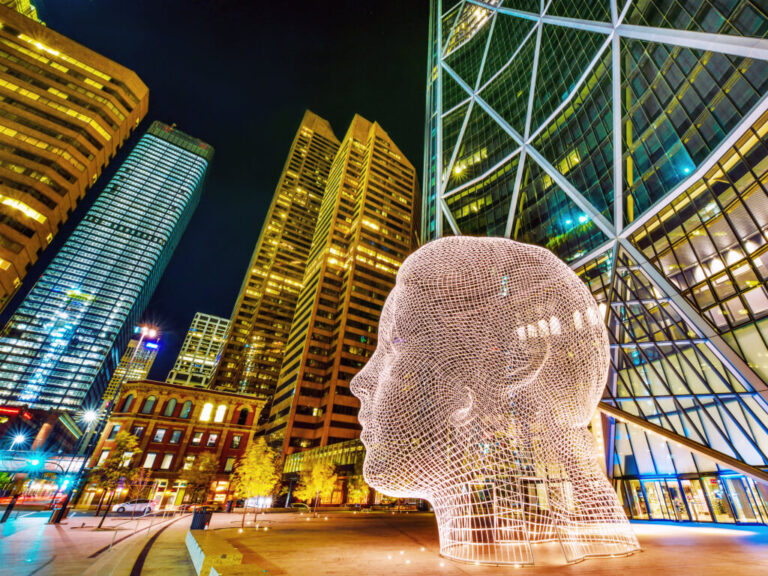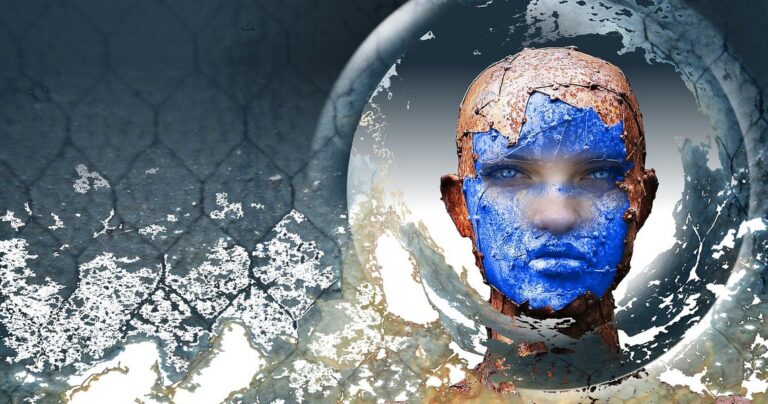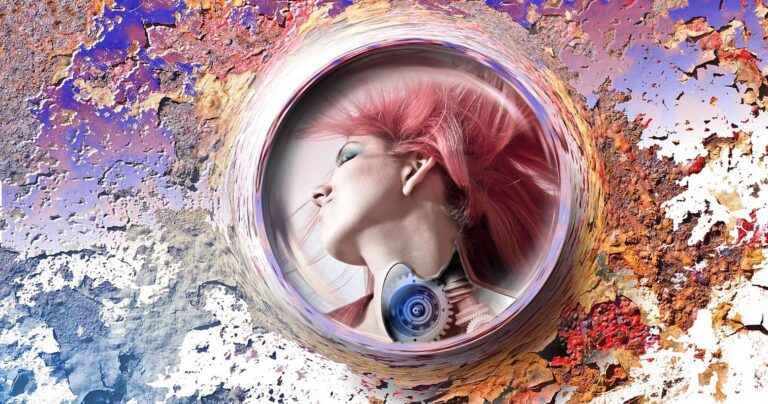In the realm of academic projects, the ability to effectively convey complex ideas and research findings is paramount. One powerful tool for achieving this is through the creation of compelling 3D models. These models have the unique ability to engage audiences visually, enhancing comprehension and retention of information. In this article, we’ll explore the journey from conceptualization to presentation, offering insights and strategies for crafting impactful 3D models for academic endeavors.
Ideation and Conceptualization
The ideation and conceptualization phase mark the inception of the journey towards crafting a compelling 3D model. It’s the stage where creators immerse themselves in the creative process, tapping into their imagination and drawing inspiration from various sources. Whether the goal is to visualize a scientific concept, depict a historical event, or create a futuristic scene, this phase sets the tone for the entire project.
1. Spark of Inspiration
At the heart of every successful 3D modeling project lies a spark of inspiration. This can come from a variety of sources, including personal interests, academic research, or real-world observations. Creators may draw inspiration from diverse fields such as art, literature, architecture, or nature. It’s the moment when an idea takes shape in the mind, igniting the passion and drive to bring it to life in three-dimensional space.
2. Brainstorming and Objective Definition
Once the initial inspiration strikes, the next step is to engage in brainstorming sessions to explore and expand upon the idea. Researchers and students alike gather together to share their thoughts, insights, and perspectives, collectively shaping the direction of the project. During this process, it’s essential to define clear objectives and goals for the 3D model. What message or concept do you want to convey? Who is the intended audience? What are the key deliverables and milestones? By answering these questions, creators establish a framework that guides their decision-making throughout the project.
3. Research and Reference Gathering
With objectives defined, creators delve into the realm of research and reference gathering. This involves studying relevant literature, analyzing existing artwork, and conducting experiments or observations to gain insights into the subject matter. Reference materials such as photographs, sketches, diagrams, and 3D models serve as valuable sources of inspiration and guidance, informing the design direction and ensuring accuracy and authenticity in the final output.
4. Translating Ideas into Concepts
Armed with inspiration and research findings, creators begin the process of translating abstract ideas into tangible concepts. Sketching, storyboarding, and creating mood boards are common techniques used to visualize and refine the vision for the 3D model. Sketching allows creators to explore different compositions, perspectives, and visual styles, providing a rough blueprint for the final design. Storyboarding helps sequence events or actions within the scene, establishing a narrative flow that engages the audience. Mood boards compile a collage of images, colors, textures, and themes that evoke the desired mood or atmosphere of the project. Together, these tools help solidify the concept and establish a roadmap for the modeling process.
In essence, the ideation and conceptualization phase serve as the foundation upon which compelling 3D models are built. It’s a time of exploration, experimentation, and creative discovery, where ideas take shape and visions become reality. By investing time and effort in this critical stage, creators set themselves up for success in the subsequent stages of the project.
Modeling and Texturing
With a clear concept established, creators embark on the journey of bringing their 3D model to life. This phase involves the meticulous creation of the digital geometry that forms the foundation of the virtual world. Additionally, texturing adds another layer of realism and detail to the model, enhancing its visual appeal and communicative power.
1. Selecting Software and Tools
Choosing the right software and tools is the first step in the modeling process. Various options are available, ranging from industry-standard applications like Blender, Maya, and 3ds Max to more accessible tools like SketchUp and Tinkercad. Each software package offers unique capabilities and workflows, catering to different skill levels and project requirements. Creators must weigh factors such as cost, ease of use, and compatibility with their existing workflow before making a decision.
2. Modeling Process
The modeling process begins with the creation of simple geometric primitives such as cubes, spheres, and cylinders. These primitives serve as the building blocks for more complex shapes and structures. Creators use a combination of techniques such as extrusion, scaling, and subdivision to sculpt and refine the geometry, gradually shaping it into the desired form.
Attention to detail is paramount throughout the modeling process. Every facet, edge, and vertex contributes to the overall realism and believability of the model. Creators must pay close attention to proportion, scale, and symmetry to ensure accuracy and coherence in their designs.
3. Texturing and Materials
Once the basic structure of the model is in place, it’s time to add textures and materials to enhance its visual appeal. Textures are digital images that are applied to the surface of the model to simulate real-world materials such as wood, metal, or fabric. These textures add detail, depth, and richness to the model, making it more lifelike and immersive.
Materials, on the other hand, define how light interacts with the surface of the model. They determine properties such as color, reflectivity, roughness, and transparency, allowing creators to achieve a wide range of visual effects. By carefully selecting and fine-tuning materials, creators can evoke specific moods, atmospheres, and emotions within the scene.
In summary, the modeling and texturing phase is where the creative vision begins to take shape in the digital realm. It’s a process of exploration, experimentation, and refinement, where creators leverage software tools and techniques to transform abstract concepts into tangible realities. By mastering the art of modeling and texturing, creators unlock the potential to create compelling and immersive 3D experiences that captivate and inspire audiences.
Lighting and Rendering
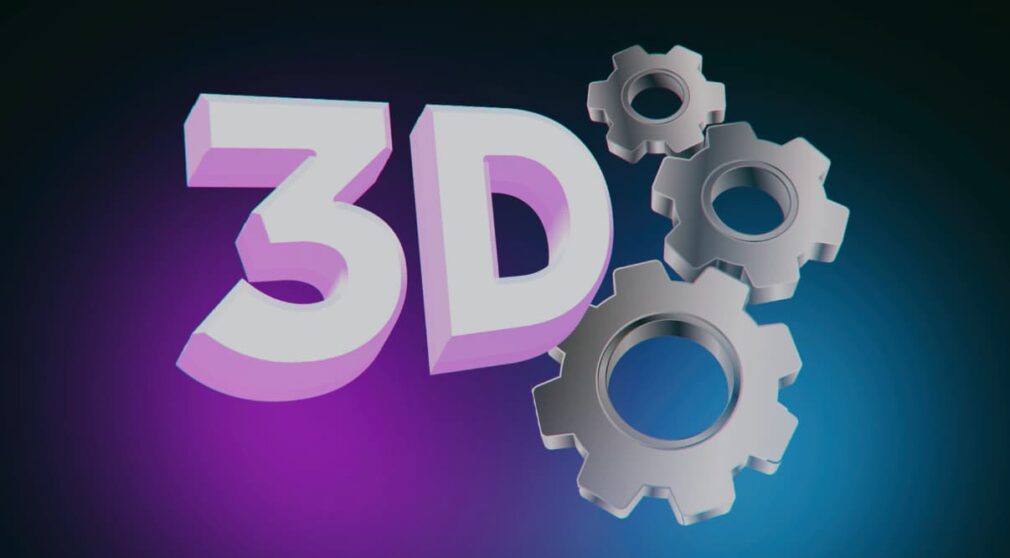
In the expansive world of 3D modeling, lighting emerges as a cornerstone element, wielding profound influence over the mood and atmosphere of a given scene. Creators embark on a journey of careful consideration, navigating through a myriad of factors including light intensity, color temperature, and shadow dynamics to craft the desired emotional impact. Through experimentation with diverse lighting setups, creators harness the ability to evoke specific emotions and enrich the narrative depth of their projects.
Rendering, the pinnacle of the creative process, symbolizes the culmination of countless hours of dedication poured into the 3D model. It marks the transformative moment where digital constructs metamorphose into tangible visual experiences, be it a single image or a dynamic animation. By skillfully adjusting parameters such as resolution, sampling rate, and rendering engine settings, creators orchestrate their output to meet the highest standards of quality, ensuring a seamless fusion of realism and artistic vision.
Presentation and Feedback
As creators prepare to unveil their 3D masterpieces to the world, they embark on the critical journey of presentation preparation. Here, considerations extend beyond mere aesthetics to encompass practicalities such as file size, format compatibility, and accessibility across diverse platforms. Whether the venue is a humble classroom setting or a prestigious conference hall, effective communication of the project’s essence and discoveries emerges as the linchpin of success.
Yet, the quest for perfection remains incomplete without the invaluable asset of feedback. Seeking guidance from peers and mentors offers a fresh perspective, illuminating blind spots and charting a course for refinement. Through constructive critique, creators navigate the labyrinth of possibilities, honing their creations to resonate harmoniously with the expectations of their intended audience.
Conclusion
Crafting compelling 3D models for academic projects is both an art and a science. By following the steps outlined in this article, creators can unlock the full potential of their ideas and research findings. From ideation to presentation, each stage of the process offers opportunities for creativity and innovation. By harnessing the power of 3D modeling, researchers and students can elevate their academic projects to new heights of impact and engagement.


